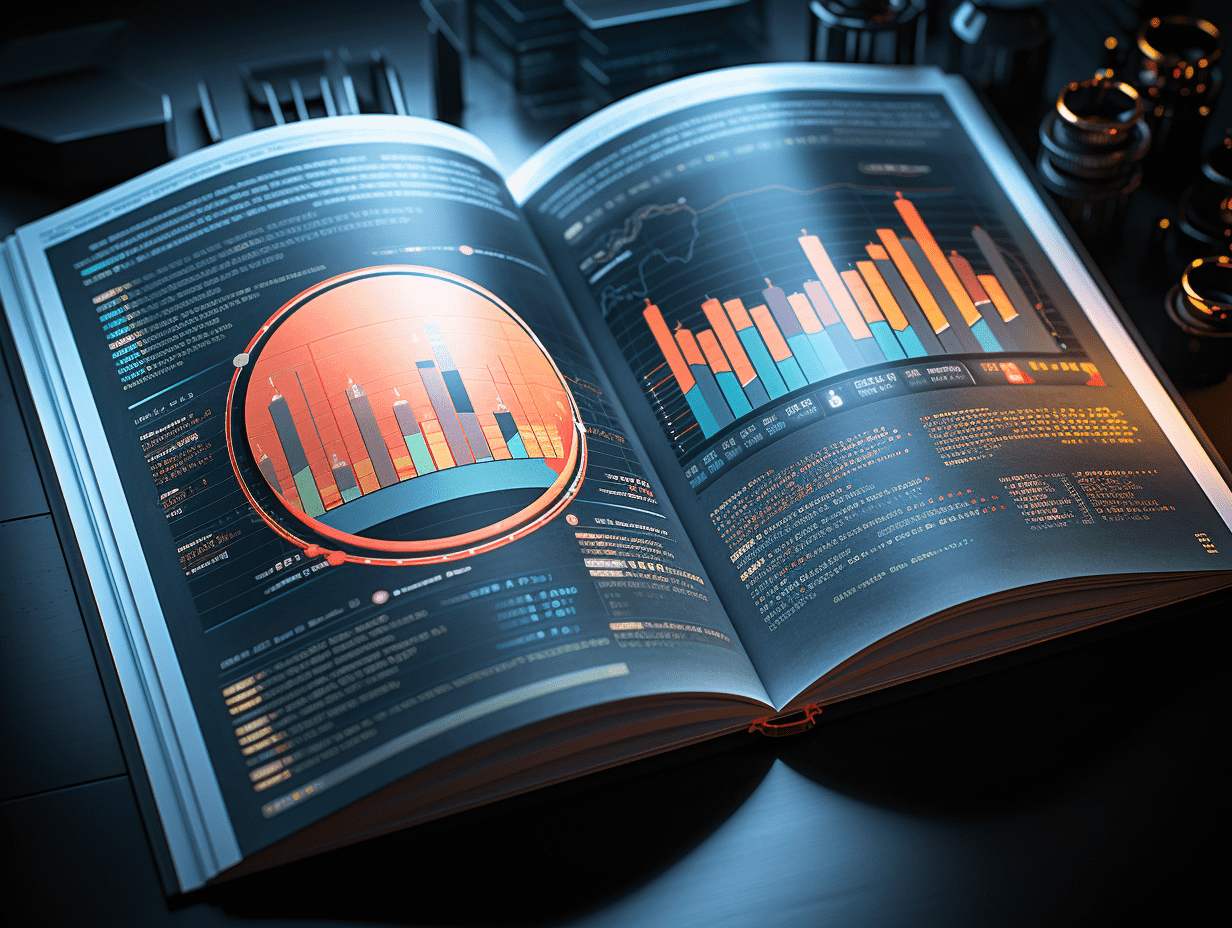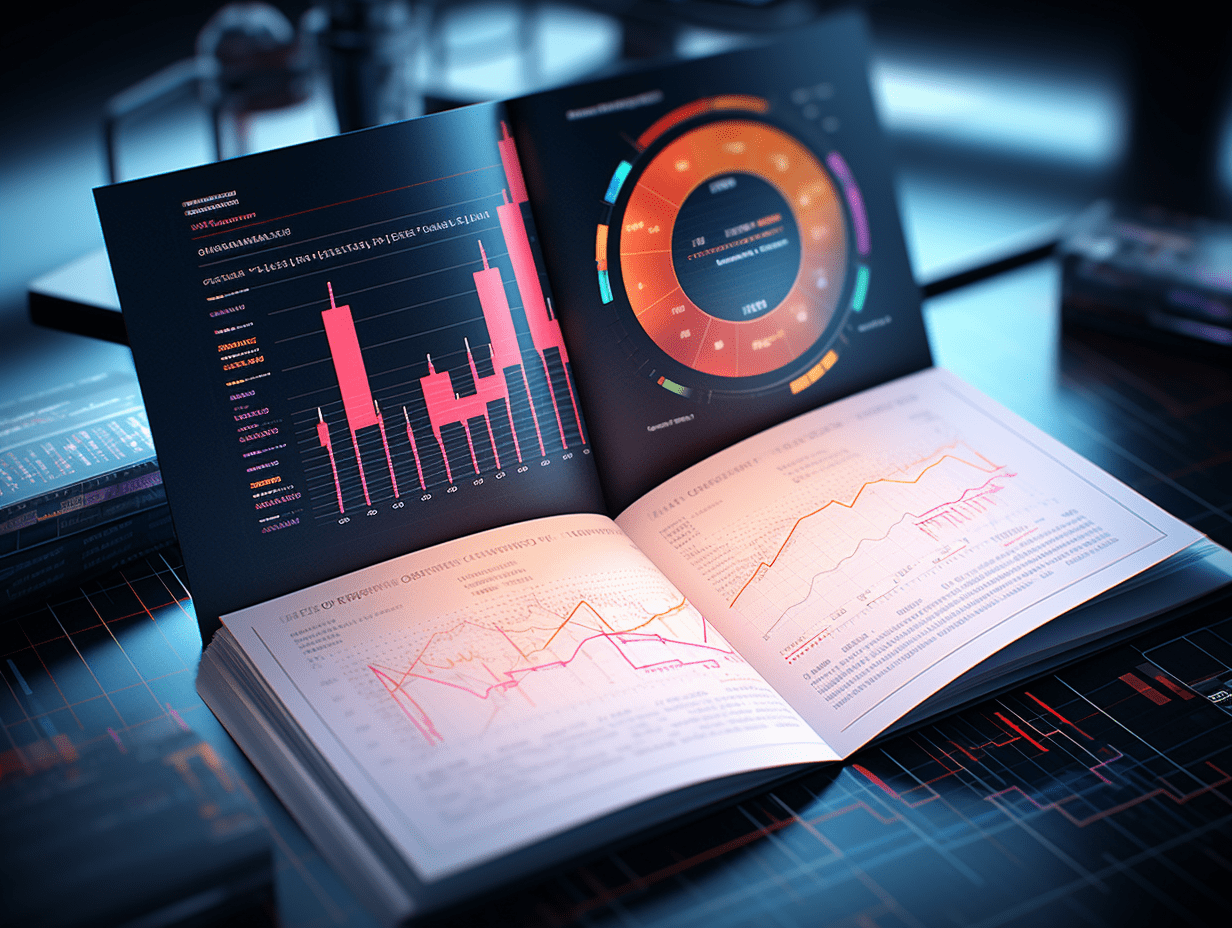Goldman Sachs delays $3000 gold price forecast to mid-2026, with the main reason being the Federal Reserve slowing down interest rate cuts.
Goldman Sachs predicts that the price of gold will not reach $3,000 per ounce by the end of 2025, and has delayed this forecast to mid-2026. The reason for this is that the market expects the Federal Reserve to reduce the magnitude of interest rate cuts.
Goldman Sachs predicts that the price of gold will not reach $3000 per ounce by the end of 2025, and has delayed this forecast to mid-2026, as the market expects the Federal Reserve to reduce the size of interest rate cuts.
Analysts at Goldman Sachs, such as Lina Thomas and Daan Struyven, state that the slowing down of monetary easing in 2025 will suppress demand for gold ETFs from investors, and the price of gold is expected to reach $2910 per ounce by the end of the year. In a report, analysts pointed out that ETF fund flows were weaker than expected in December due to the easing of uncertainty after the US election, leading to a lower starting point for the new year.
The analysts said, "The opposing forces of declining speculative demand and structurally increasing central bank purchases have effectively offset each other, keeping gold prices range-bound over the past few months." They also added that central bank purchases will continue to be a key long-term driver of gold prices, with an average monthly purchase volume reaching 38 tons by mid-2026.
Supported by the Fed's monetary policy easing, safe-haven demand, and ongoing central bank purchases around the world, gold soared by 27% in 2024, reaching a historical high. However, the momentum of gold stalled in early November last year as Trump's victory boosted the US dollar. And as Fed officials recently emphasized concerns about inflation and the need for a more cautious approach to rate cuts, gold prices have come under pressure.
Goldman Sachs economists currently expect the Fed to cut rates by 75 basis points this year, lower than the previously predicted 100 basis points. This forecast is more dovish than current market expectations, as Goldman Sachs believes potential inflation is trending downwards. Additionally, Goldman Sachs economists have expressed doubts about whether potential policy changes by the incoming Trump administration will lead to an increase in interest rates.
Related Articles

Central Plains CCL fell by 0.27% per week, but softened after two weeks of consecutive increases.

Tariffs big stick malfunction? The dream of the revival of the American aluminum industry shatters, fatal weaknesses come to the surface.

National Export Control Coordination Office deployed to carry out special actions to combat the smuggling of strategic minerals.
Central Plains CCL fell by 0.27% per week, but softened after two weeks of consecutive increases.

Tariffs big stick malfunction? The dream of the revival of the American aluminum industry shatters, fatal weaknesses come to the surface.

National Export Control Coordination Office deployed to carry out special actions to combat the smuggling of strategic minerals.

RECOMMEND

General Administration of Customs: China's goods trade imports and exports increased by 2.4% year-on-year in the first 4 months.
09/05/2025

Key details are yet to be finalized. The market's response to the US-UK trade agreement has been lukewarm.
09/05/2025

Risk assets rebounded to boost the market, Bitcoin surged back above $100,000.
09/05/2025


